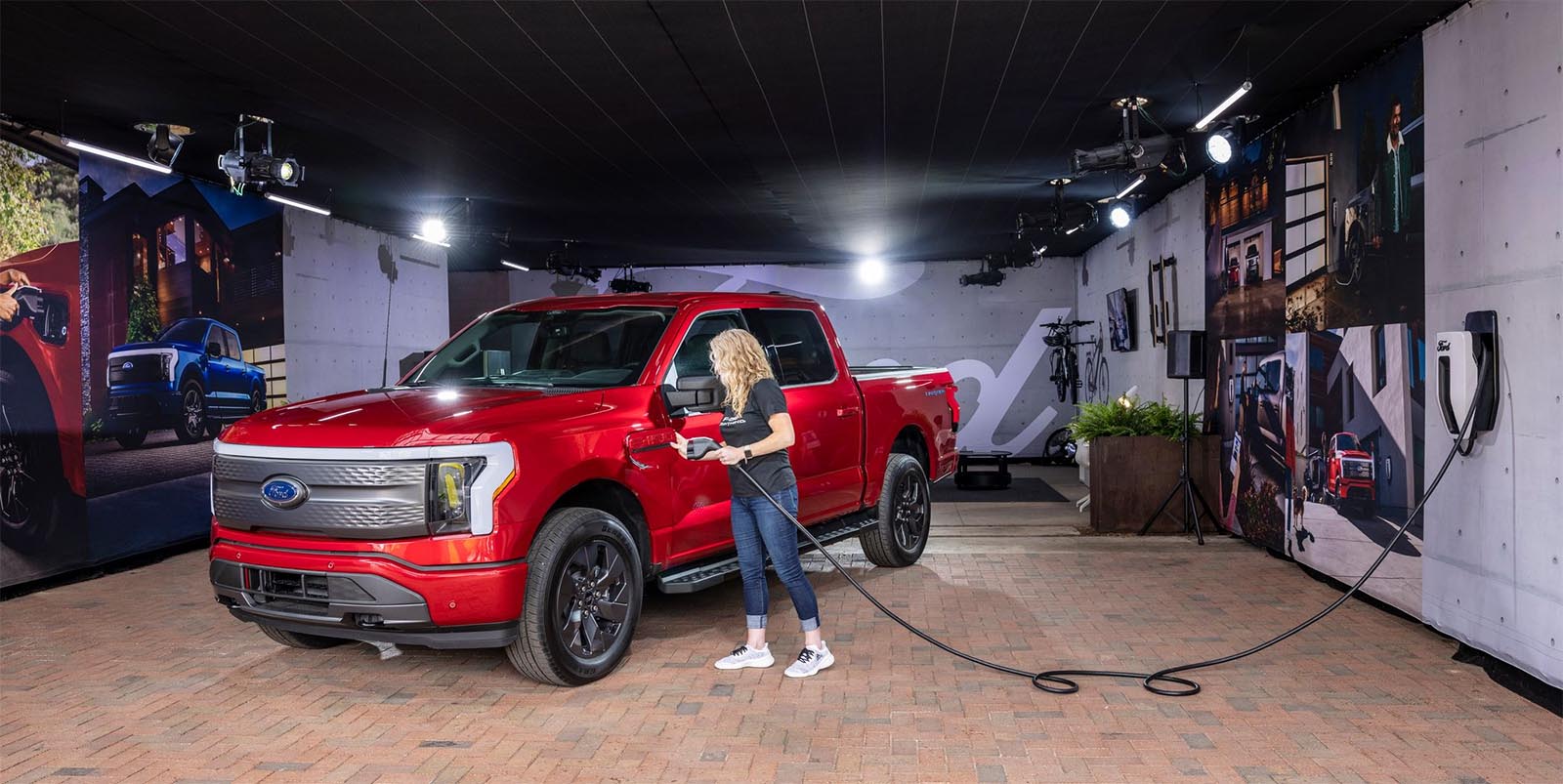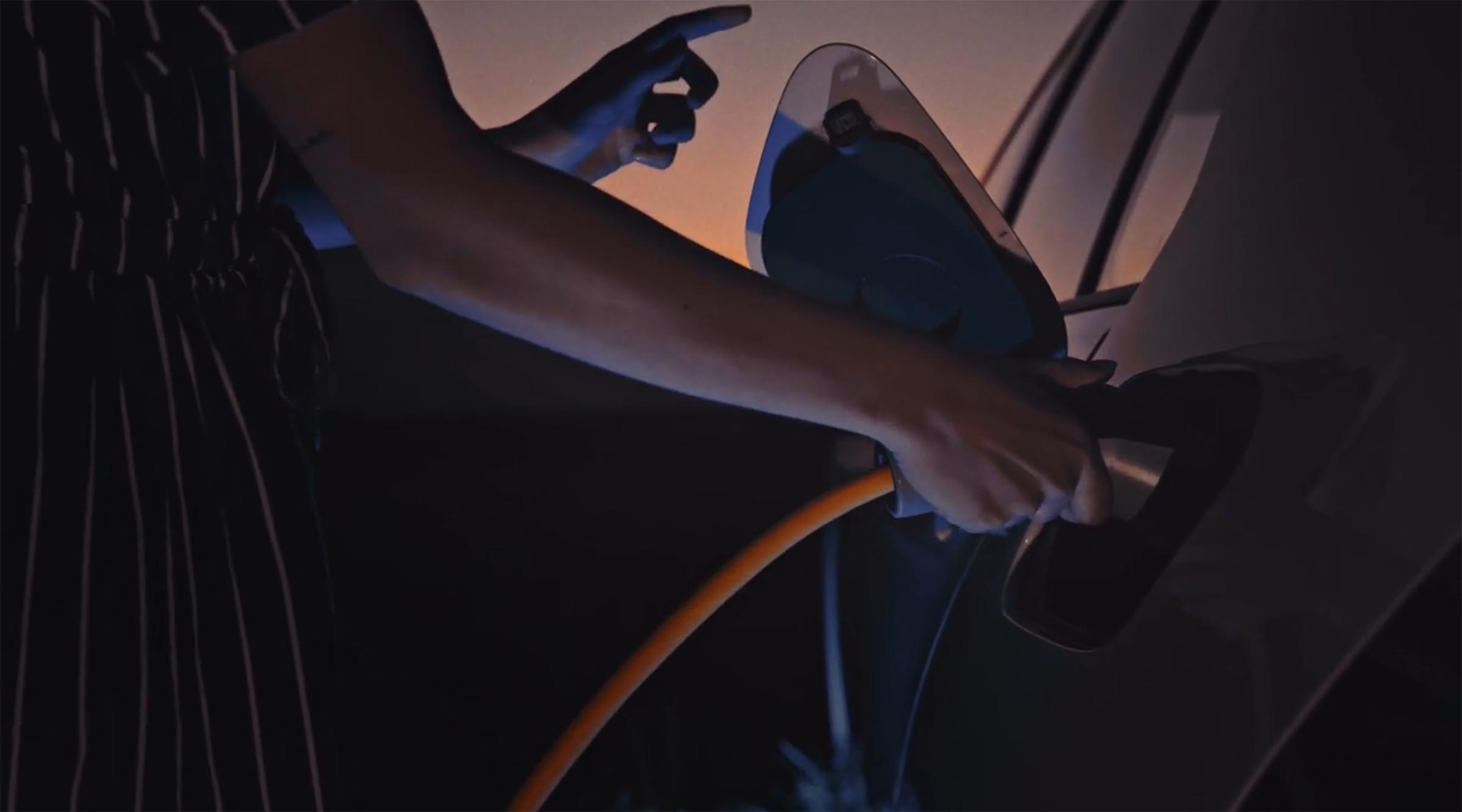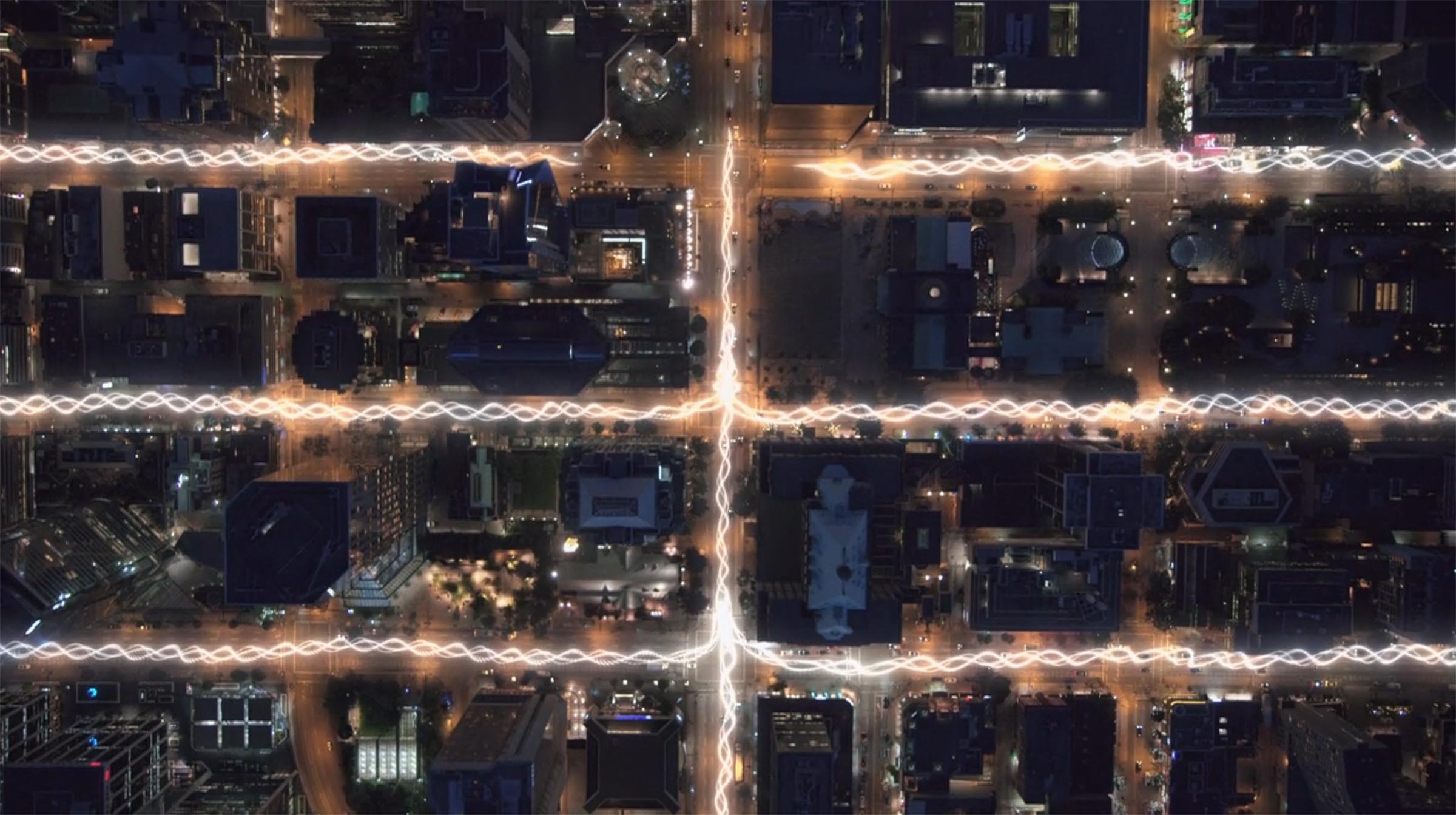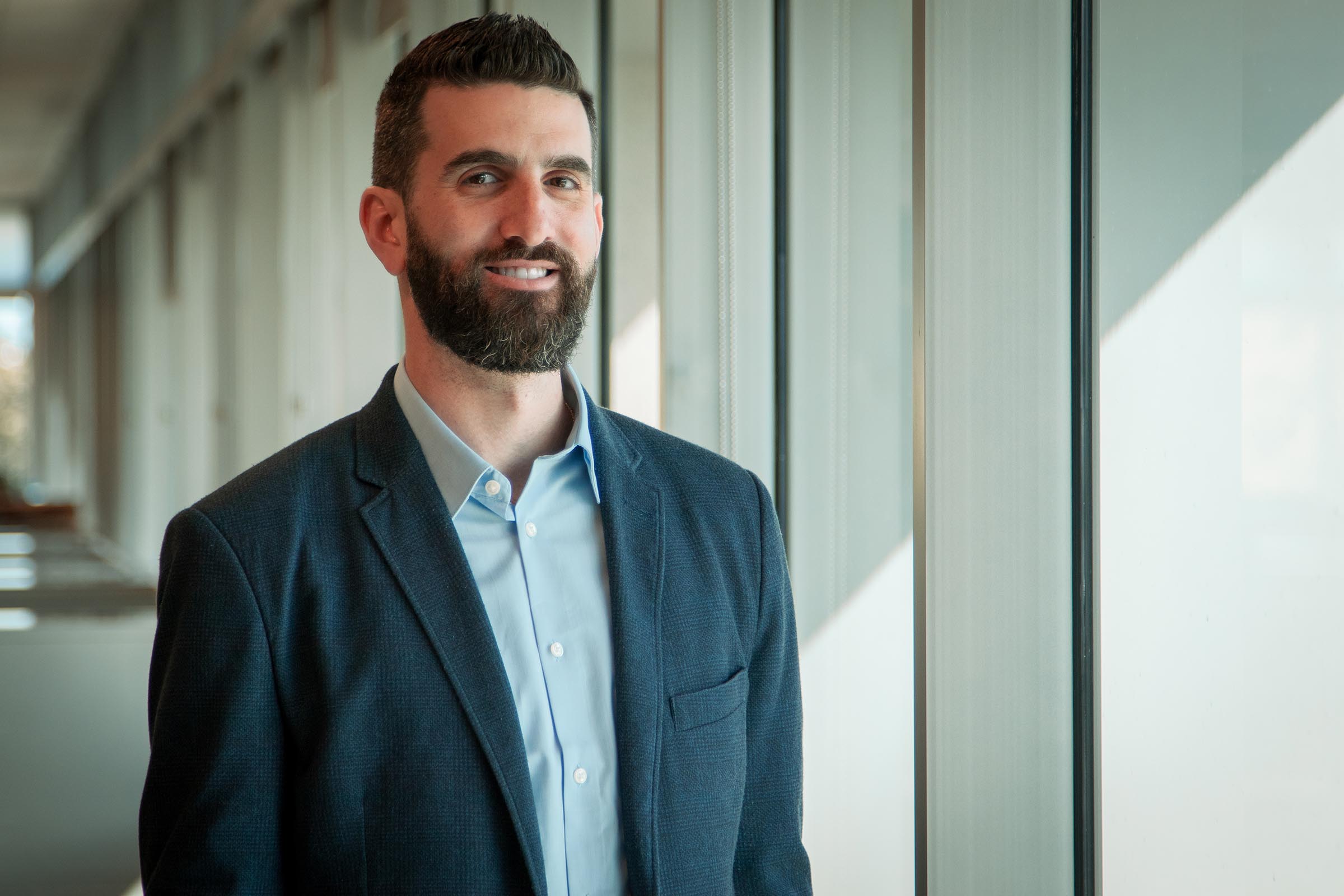A group of seven major automakers officially launched Ionna — aimed at becoming an EV charging network to rival the Tesla Supercharging system — and, in the process, give motorists more confidence they’ll be able to charge up their battery-electric vehicles wherever they travel.
It might not have the sort of name that readily rolls off the tongue but Ionna could seen become a watchword for EV owners.
After surging 800% between 2019 and 2023, demand for battery-electric vehicles “flattened out” last year, according to J.D. Power. Experts blame several factors, including high prices, “range anxiety,” and the lack of a robust charging infrastructure.
Dozens of automakers have inked deals with Tesla giving them access to that company’s big Supercharger network. But, last July, a group of seven automakers – BMW, General Motors, Honda, Hyundai, Kia, Mercedes-Benz and Stellantis – have formed their own start-up with plans to set up thousands of chargers across the U.S. and, in the near future, Canada. The network, Ionna, received regulatory approval on Friday and plans to have their first stations in operation in the coming months.
An experienced CEO
Our shared commitment to creating an extensive, high-powered charging network reflects our dedication to revolutionizing the entire EV charging experience and helping to drive widespread EV adoption” said Seth Cutler who will serve as the new CEO of Ionna.
Before joining Ionna, Cutler put in time with both EV Connect and Electrify America. Two veteran industry insiders, speaking to Headlight.News on background, said they hope Cutler’s previous experience has shown him not only how to build out a public charging network but also what mistakes to avoid.
“Charging anxiety”
While “range anxiety” often is cited as a reason why many motorists won’t go fully electric, “charger anxiety” is an equally significant problem, said Pablo di Si, the CEO of Volkswagen Group of America, during a Thursday appearance at the Chicago Auto Show.

Several factors appear to be slowing demand for Lightning — and other EVs, including “charger anxiety.”
While most of today’s EV owners charge up at home or office, there remains a need for motorists to plug in while traveling, especially on longer journeys, according to di Si and other industry officials. The Biden has called for a network of at least 500,000 places to plug in by the end of the decade. Today, there are less than 10% of that number, according to federal data.
But it’s not only a lack of chargers, but the fact that those now installed are far too unreliable, found a study by McKinsey. At any particular time, “30% of the time public chargers are down,” said Philipp Kampshoff, a partner in McKinsey’s Center for Future Mobility.
More EV News
- 2025 Kia Carnival gets 1st-ever hybrid option
- GM Hires key Tesla exec to accelerate its push to EV
- Ford launches “skunkworks” project to develop low-cost EVs
Teaming up
Facing strict state and federal emissions mandates, automakers collecting plan to spend hundreds of billions of dollars to develop, manufacture and market new EVs over the course of this decade. The slowdown in EV growth creates a potentially serious snag. Automakers are attempting to address consumer concerns both individually and as a group.
In terms of charging, several automakers have already launched their own networks, including Mercedes-Benz and Volkswagen – which launched Electrify America as part of its settlement after admitting it cheated on diesel emissions tests.
Most automakers have now formed alliances with charger companies such as EVgo, ChargePoint and Electrify America. In recent months, most have also agreed to work with Tesla to give their customers access to the sprawling supercharger network, the largest in North America.
Ionna
Ionna is the first charging start-up to bring together a group of the country’s largest automakers. When first announced in July 2023, the partners said the joint venture would provide set up “at least” 30,000 DC fast chargers by 2030. And unlike most of today’s EV stations, which typically have as few as one or two chargers at any location, the goal is to have anywhere from 10 to 20 “plugs” available at each of the new facilities.
There will be two types of plugs available: the CCS style currently used by most automakers in North America, as well as the Tesla-style NACS plug. There are no plans to use CHAdeMO plug older Nissan models like the Leaf are fitted with. It is being phased out but there are adapters available to connect to CCS and NACs-outfitted chargers.
At the time the project – not yet named Ionna — was announced, officials stressed that reliability will be a key goal for the new charging network.
“We intend to exceed customer expectations by creating more opportunities for a seamless charging experience given the significant growth expected in the market,” said Stellantis CEO Carlos Tavares in a joint statement. GM CEO Mary Barra added that, “The better experience people have, the faster EV adoption will grow.”
Ionna officials have yet to offer specifics on their roll-out plan but expect to announce more details later this year.






0 Comments